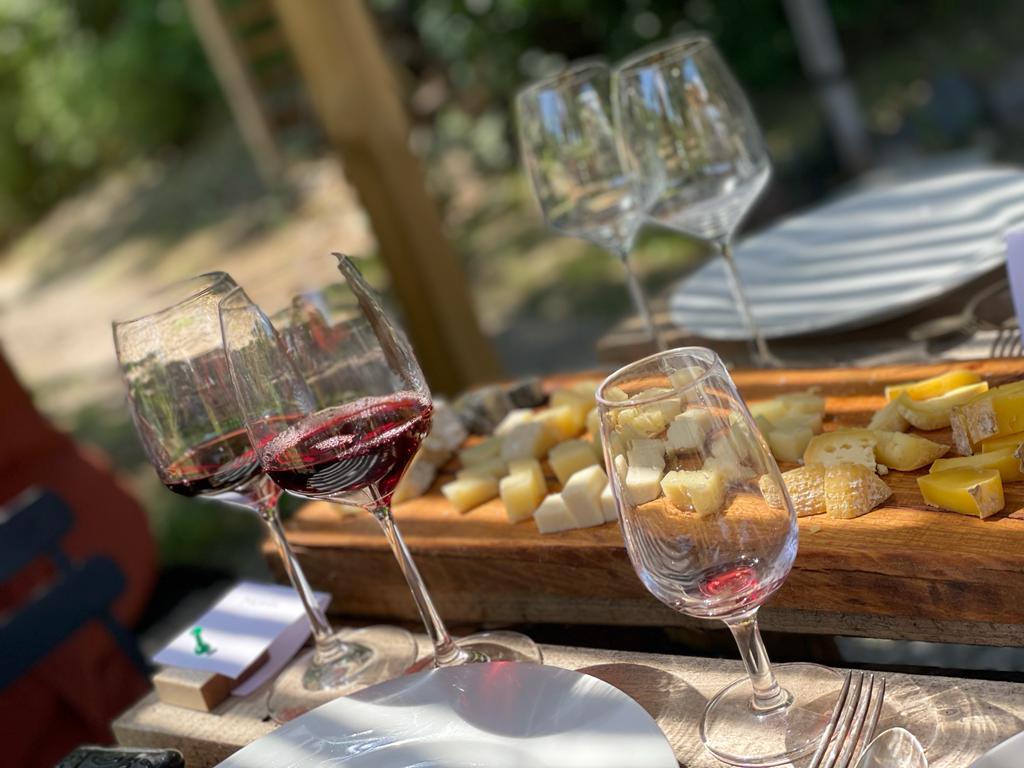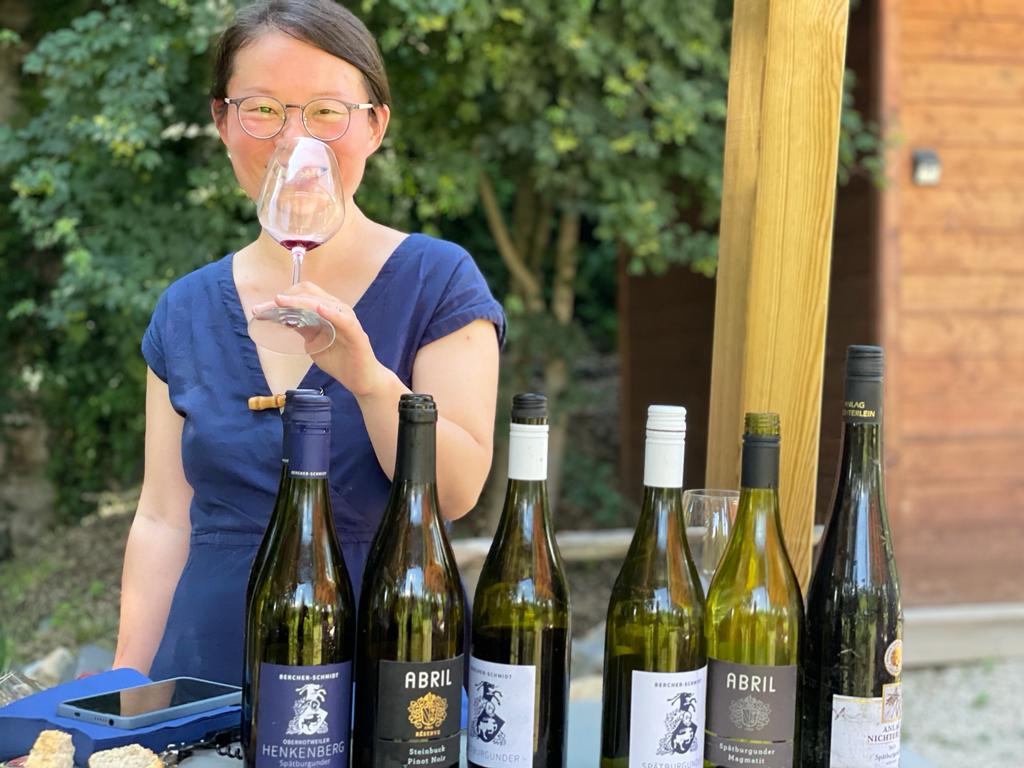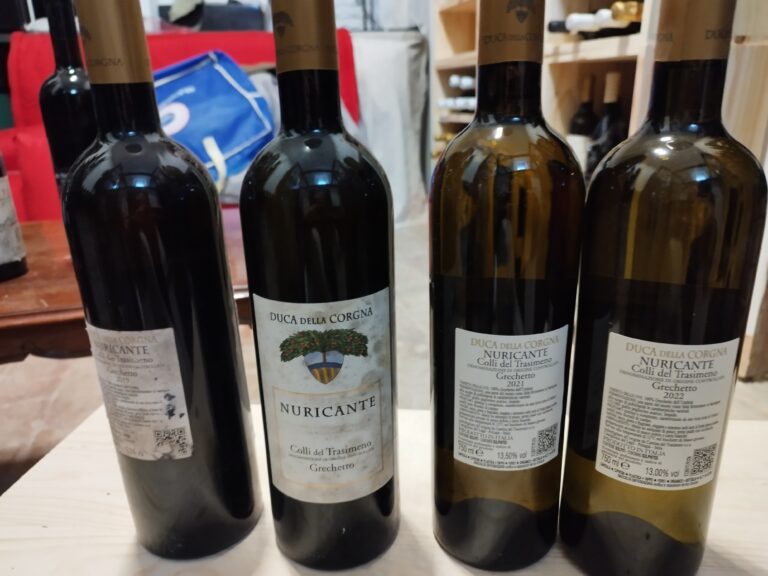what makes a wine precious
There are 2 kinds of wines are difficult to achieve and more precious than others:
one kind is the powerful wines with strong character but stay balanced and fine, still have subtle nuances and details, such as quality sangiovese and sagrantino,
heavy wines are more likely to give an impression of grandiose, but grand and heavy, are two different things.
Grand means well composed complexity and strength, but strength doesn’t mean heavy exactly, strength could also come from strong and elaborated structure of a light bodied wine.
The other kind is the wine seems soft and pleasing, but actually pliable and tough and resistant, like an iron hand under velvet glove and such as pinot noir of burgundy.
The latter kind is more appreciated by more customers, this preference is clearly reflected in the price, we all know how much a burgundy Grande cru cost.

But when a wine gets too famous and attracts too many label drinkers, it is almost certain they aren’t worth the price anymore. plus the effect of climate change, the climate of burgundy is quite different than it was, when burgundy wine earned its name.
Some German pinots nowadays are very similar to burgundy wines when burgundy wine earned its name, and not too famous to be overpriced. such as the wine we served in our last event on June 11th.
Six of them are from Kaiserstuhl, which is a major wine-growing region in Baden-Wurttemberg, Germany’s southwestern most state, located on the east side of the Rhine River and largely made up of volcanic hills. The region is also known as the “Home of Three Pinots”: Pinot Noir, Pinot Gris, and Pinot Blanc.
Here’s an interesting fact: in German, Weissburgunder=Pinot Blanc, Grauburgunder=Pinot Gris, while Spätburgunder(Pinot Noir) literally means “late burgunder” literary.
But Pinot Noir doesn’t really ripe late, I guess it is called Spätburgunder because it sprouts late, so it is adept in cold climates, because the sprouts will not get frozen in cold springs. While in a hot climate, Pinot Noir ripens too early before they have time to accumulate enough flavors.

the sequence we served these wines:
1 Spätburgunder Magmatit 2021
Weingut Abril Baden
2 Spätburgunder Rotwein 2021
Weingut Bercher-Schmidt
3 Pinot Noir “Bischoffinger Steinbuck” 2020 Weingut Abril
4 Spätburgunder “Oberrotweiler Henkenberg” 2021
Weingut Bercher-Schmidt
5 Pinot Noir “Bischoffinger Enselberg” 2020 Weingut Abril Baden
6 Spätburgunder “Bischoffinger Enselberg”, 2020
Weingut Bercher-Schmidt
So there are 6 wines from 2 different wineries in 1 small wine region, the 5th and 6th even come from the same cru:”Bischoffinger Enselberg, but made by 2 different wineries, you might remember how different they are, just like “Montrachet” of burgundy.
Pinot noir and sangiovese have one thing in common :
They mutate a lot, they are very expressive of the terroir, the soil, the weather , their individual experiences, they are less stable and more spiritual than most wines.
but pinot noir is more mellifluous, while sangiovese is more edgy, so pinot noir is appreciated by a wider audience.
Personally, I prefer sangiovese, but everyone loves pinot noir.

